Visit to Wood Resource Recovery Center
Nine miles north of the UF Physical Plant Division lies a 20 acre filled-in wetland. Bulldozers, grinders, trucks, and various other diesel machinery lumber around the yard, but oddly enough they are not preparing another Floridian sub-division; these monster machines are recycling.
Receiving materials from the entire Alachua county region, Wood Resource Recovery (WRR) is the largest vegetation management and recycling facility in the region. Taking in a waste product that used to be sent to landfills at a dollar a truck load, the WRR now transforms this waste product into a variety of valuable soil amendments and mulches.
The products are sent throughout the state and are used in projects around the Southeast US. They are used in a variety of projects including: Interstate landscaping projects, which now require that all trees are mulched within 24 hours of planting to increase tree survival rates; Florida Department of Corrections farms, which use the refined mulch as a soil amendment; and City landscaping, with at least 15,000 cubic feet in Jacksonville.
The benefits of mulch are nothing new; reduction in fungicide use, less nematode diseases, higher moisture retention, and greater soil stability are among the chief advantages in using mulch in any type of gardening application. The greatest advantage may be the prevention of soil erosion. Mulch, mixed in the top soil layer, allows nutrients like phosphorous and nitrogen- vital to plant health- to remain in the soil with out being washed away with heavy rainfalls.
The wood debris, accepted and tolled by WRR, is then processed through a multi-step grinding and sifting process. WRR manually separates stem wood, composed mostly of cellulose, and top wood, which contains the leafy tops of trees (along with the water hyacinth). These composites are ground separately in hammer-mill grinders. Further processing using varying diameter screens separates ground wood by size from 7/16 of an inch (the smallest size) to 3 inches (the ideal mulch size) and larger sizes (which must be ground again). Mulch is painted on customer demand or sold naturally as a hard wood blend. The smallest mulched pieces (7/16) sit in static piles (not compost piles) decomposing into valuable top soil amendments sold at 14 dollars a cubic yard (retail price).
Overall, I feel that WRR is processing and recycling materials in a very efficient way. The process seems more efficient than could be accomplished on campus without a large initial investment in equipment and labor force training. The idea of burning a quantity of select wood debris in the campus power plant (which currently burns coal), however, remains a viable idea. The varying quality of wood combustion and potential for use within the power plant must be analyzed. Also, upon further examination into the process of cellulosic ethanol, it seems premature to construct a pilot plant of this nature.
For more information visit: http://www.woodresourcerecovery.com
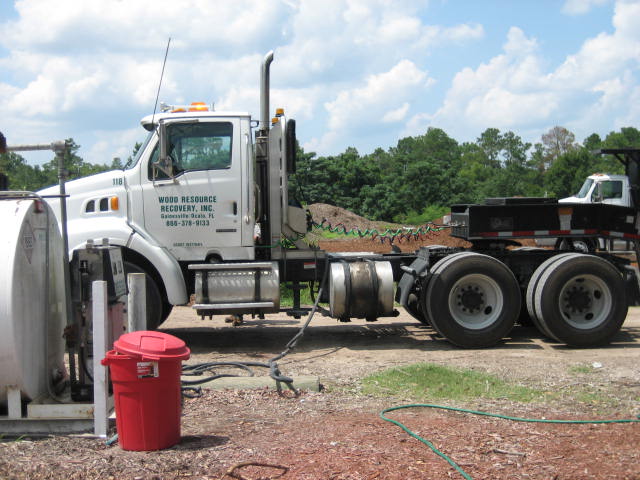 |
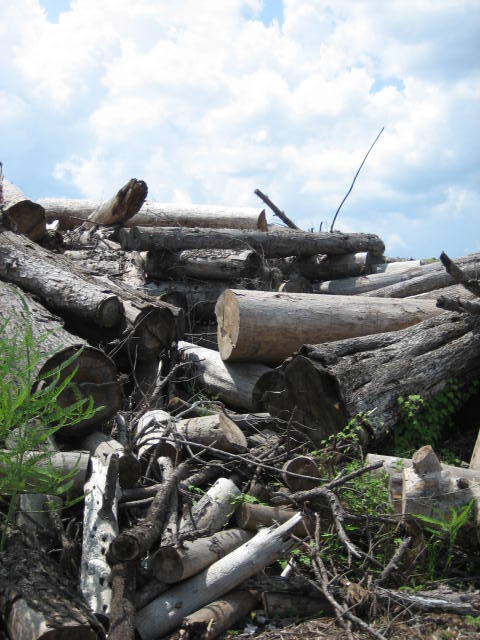 |
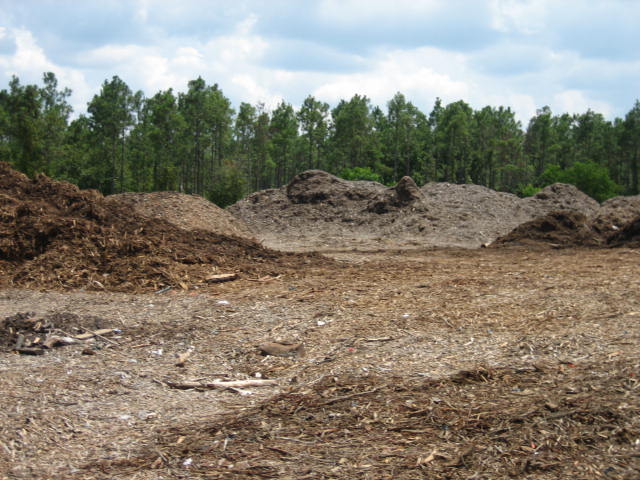 |
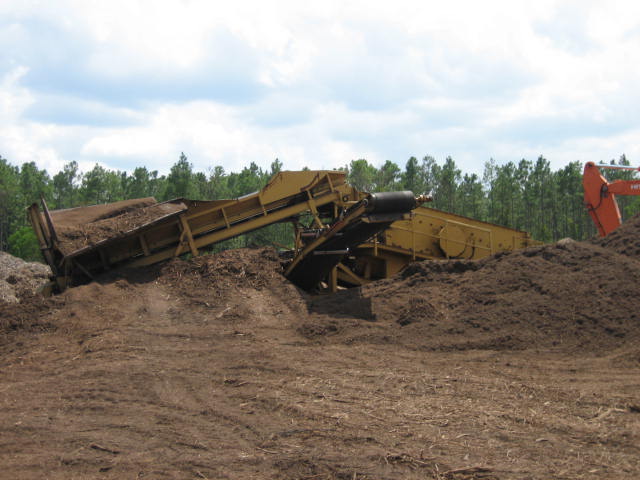 |
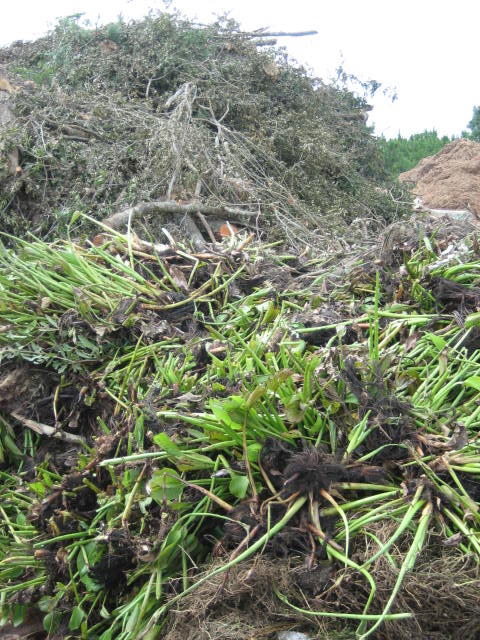 |
 |
 |
 |
 |
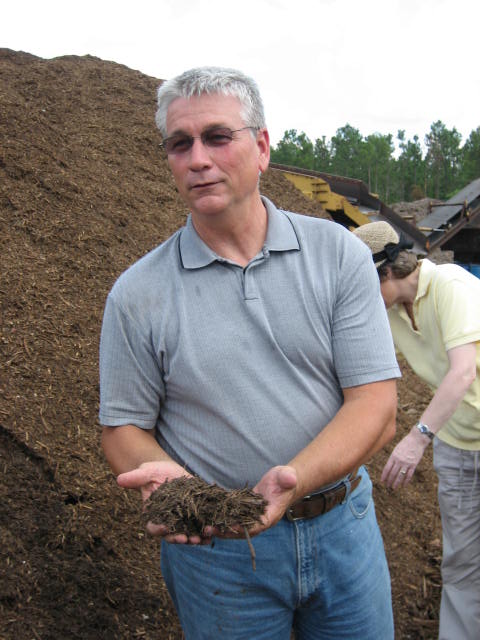 |
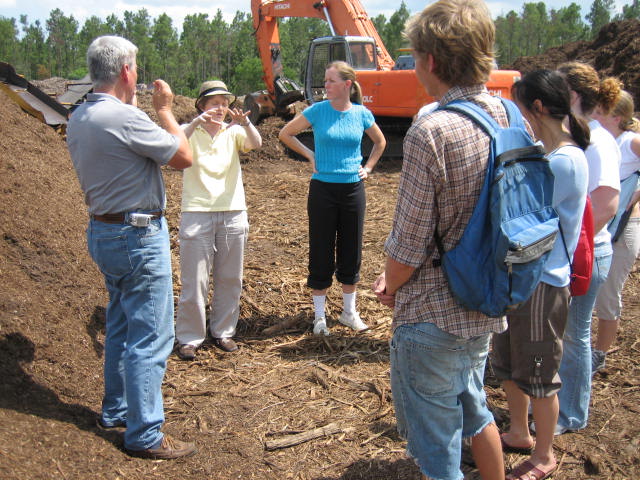 |
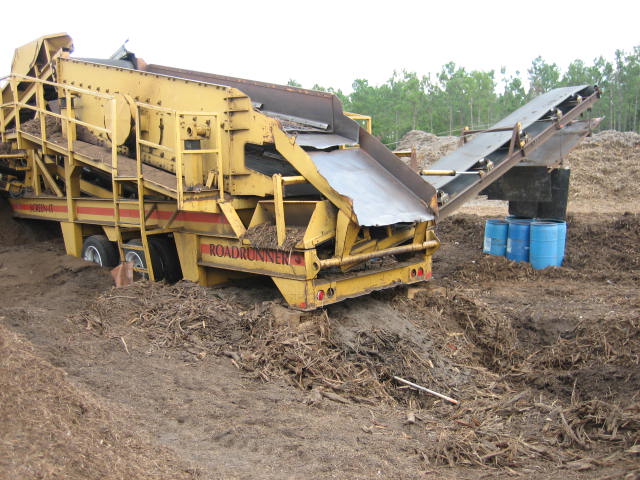 |
 |
 |
 |
 |
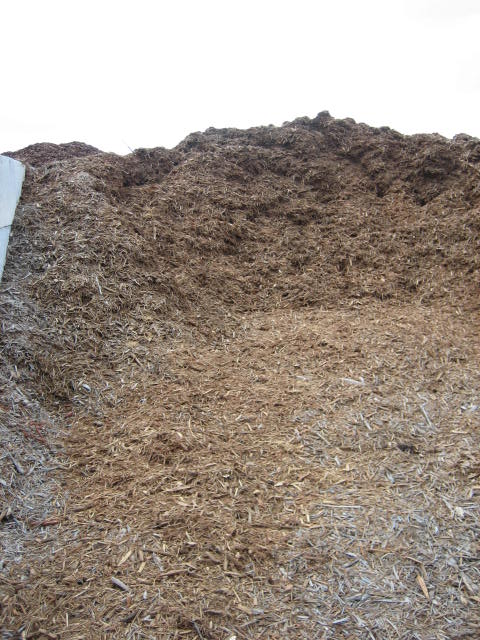 |
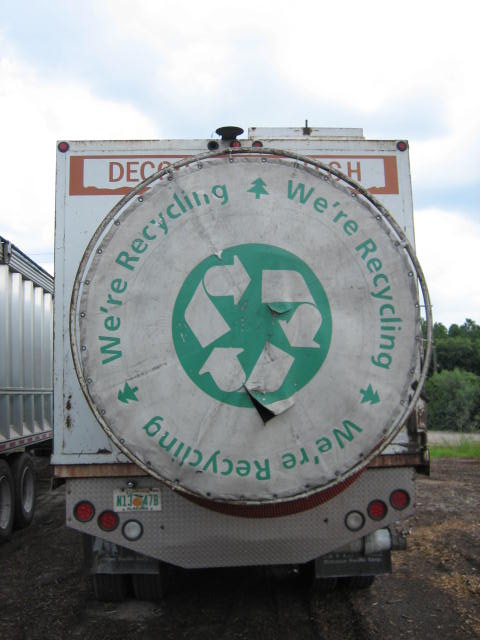 |
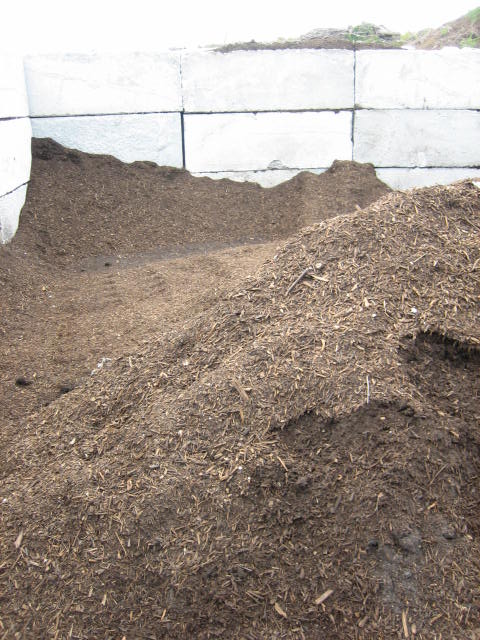 |